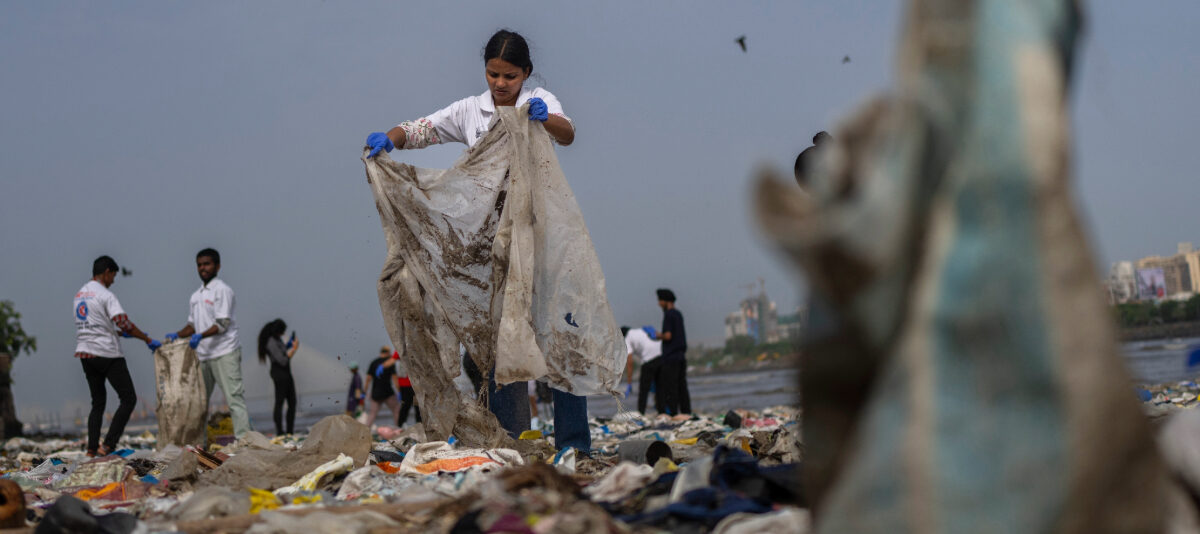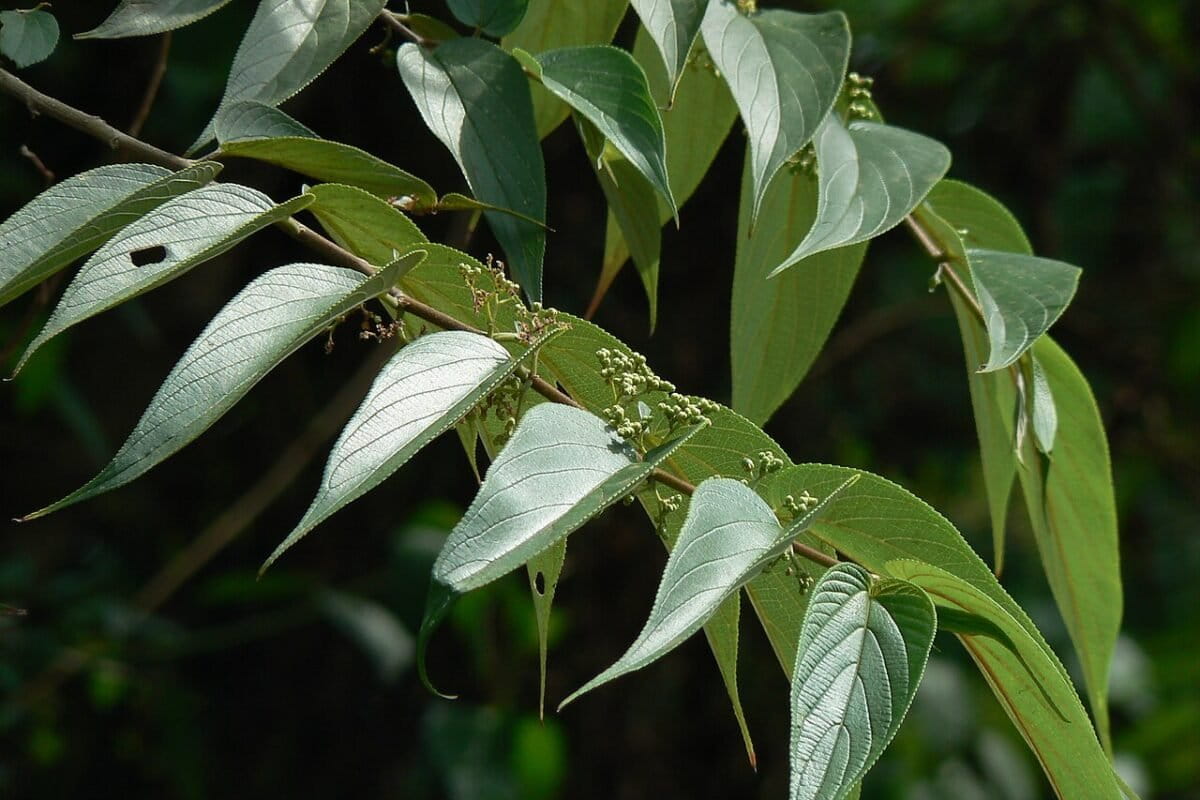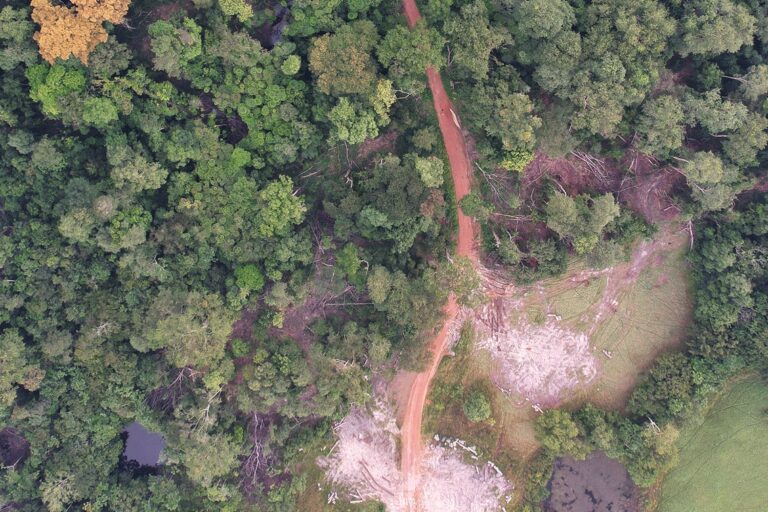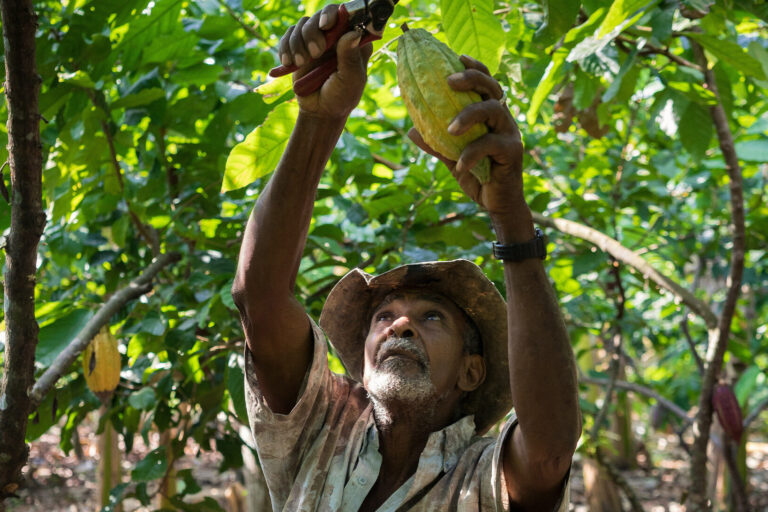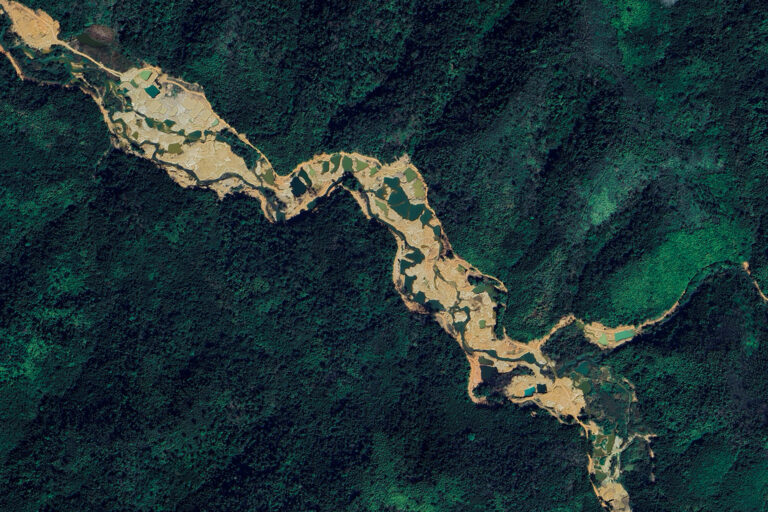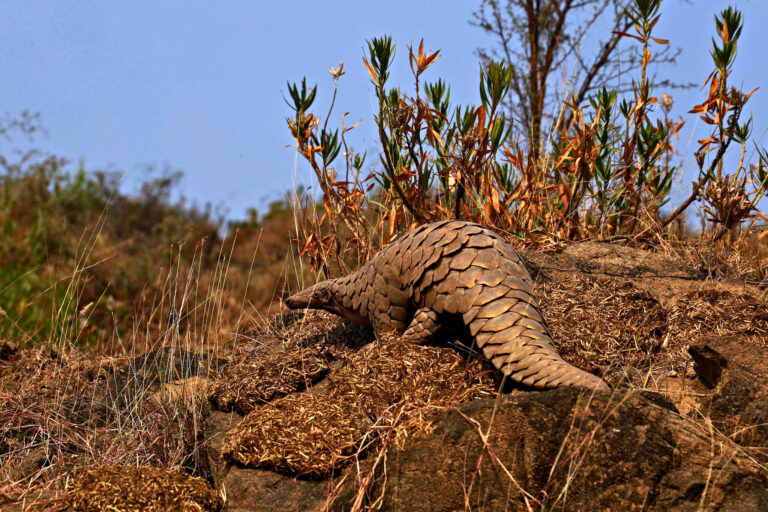- Dengue fever has been on the rise in Indonesia this year, even as the country focuses on dealing with the COVID-19 pandemic.
- Experts have attributed the increase to warmer average temperatures and unsanitary conditions that allow the mosquitoes carrying the virus to thrive.
- Authorities have ordered fumigation drives in response to the outbreak, but health experts warn the mosquitoes are developing a resistance to the insecticides used.
JAMBI, Indonesia — As Indonesia grapples with the COVID-19 pandemic, infections from another animal-borne disease have gone on the rise largely unnoticed and likely driven by climate change, with more cases recorded so far this year than for the coronavirus.
Indonesia has reported more than 17,800 cases of dengue fever nationwide, compared to its official COVID-19 tally of 5,136 as of April 15. One of the affected areas is Jambi province on the island of Sumatra, where authorities have attributed the rise in cases to environmental factors, including warmer temperatures than usual.
More than 700 people were diagnosed with dengue fever between January and March in Jambi, with seven deaths, six of them children. The province recorded 16 deaths from 2,229 cases for the whole of 2019, and three deaths from 831 cases in 2018.

With the number of cases this year on track to surpass those of the past two years, experts say warmer temperatures in Jambi are a likely factor, allowing the mosquitoes that carry the dengue virus to thrive.
“The normal spawning period for mosquitoes is 12 days, but because of temperature increase, it can be just seven days,” said Sukmal Fahri, a public health expert from Jambi’s Harapan Ibu Health Institute.
This chimes with findings by the World Health Organization that “[c]limate change also may affect transmission, as dengue mosquitoes reproduce more quickly and bite more frequently at higher temperatures.”
The Jambi office of the national weather agency, the BMKG, says average temperatures in the province rose by 1.1° Celsius (2° Fahrenheit) over the past 30 years, in line with nationwide trends.
“An increase by just one degree has plenty of consequences,” said Sri Utami, a forecaster at the Jambi BMKG.
She added forest fires in the province also contributed to the temperature rise. The province is always one of the worst hit by the annual burning of forests and peatlands, done deliberately to clear land for farming. Between 1982 and 2014, Jambi lost half of its forest cover — an area spanning 2.1 million hectares (5.2 million acres), or more than doubles the size of Yellowstone National Park in the U.S.

Provincial government authorities have also blamed the dengue outbreak on unsanitary conditions in neighborhoods. Mosquitoes typically spawn in stagnant pools of water, and in residential areas these include puddles and containers left outdoors that have filled with rainwater.
Authorities in the provincial capital have allocated funding to fumigate 130 sites in the city, fewer than the 183 sites in 2019. They’re also campaigning for community cleanups to raise awareness about keeping backyards and other areas free of standing water.
Sukmal, the public health expert, said the frequent fumigation drives had led to mosquitoes developing a resistance to insecticides used, propagating a cycle of more toxic pesticide use, which could prove harmful over the long term.
This story was first reported by Mongabay’s Indonesia team and published here on our Indonesian site on March 10, 2020.
FEEDBACK: Use this form to send a message to the author of this post. If you want to post a public comment, you can do that at the bottom of the page.


